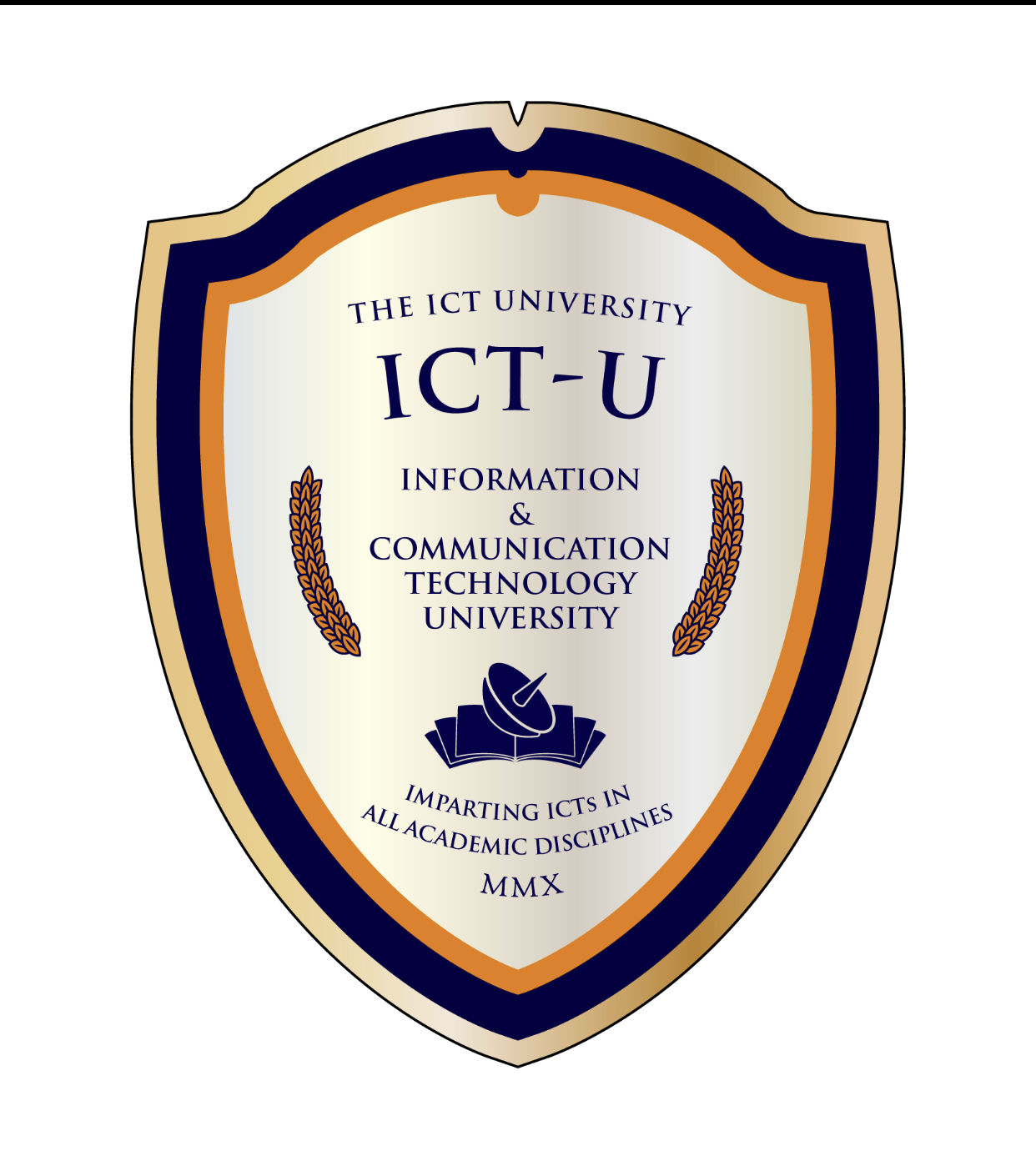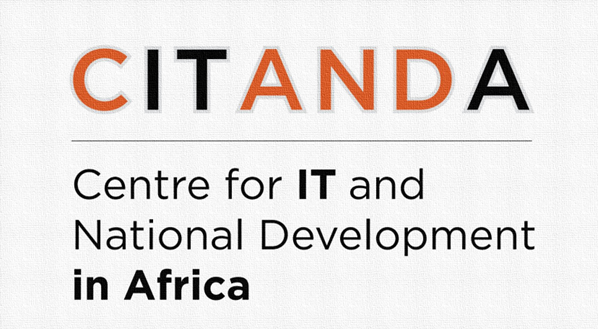Abstract
Blended learning is a combination of eLearning and traditional face-to-face learning. Since challenges have been identified related to blended learning that hinder effective teaching and learning, this study examined student opinions of this learning model. The aim was to get a deep understanding of its effectiveness given infrastructure deficiencies. Twelve in-depth interviews were conducted with students at a university in Zimbabwe that uses blended learning, and an interpretivist paradigm was adopted. The Zone of Proximal Development proposed by Vygotsky was utilized to conceptualize the cognitive development of the students, and third-generation activity theory (AT), developed by, was used for evaluating the home and university activity systems. Results indicate that asynchronous blended learning, supported by a learning management system, allows content to be downloaded for offline study and hence may be adopted in universities with limited information and communications technology (ICT) infrastructure. The study adds to the narratives on blended learning implementation in countries with developing economies.


